
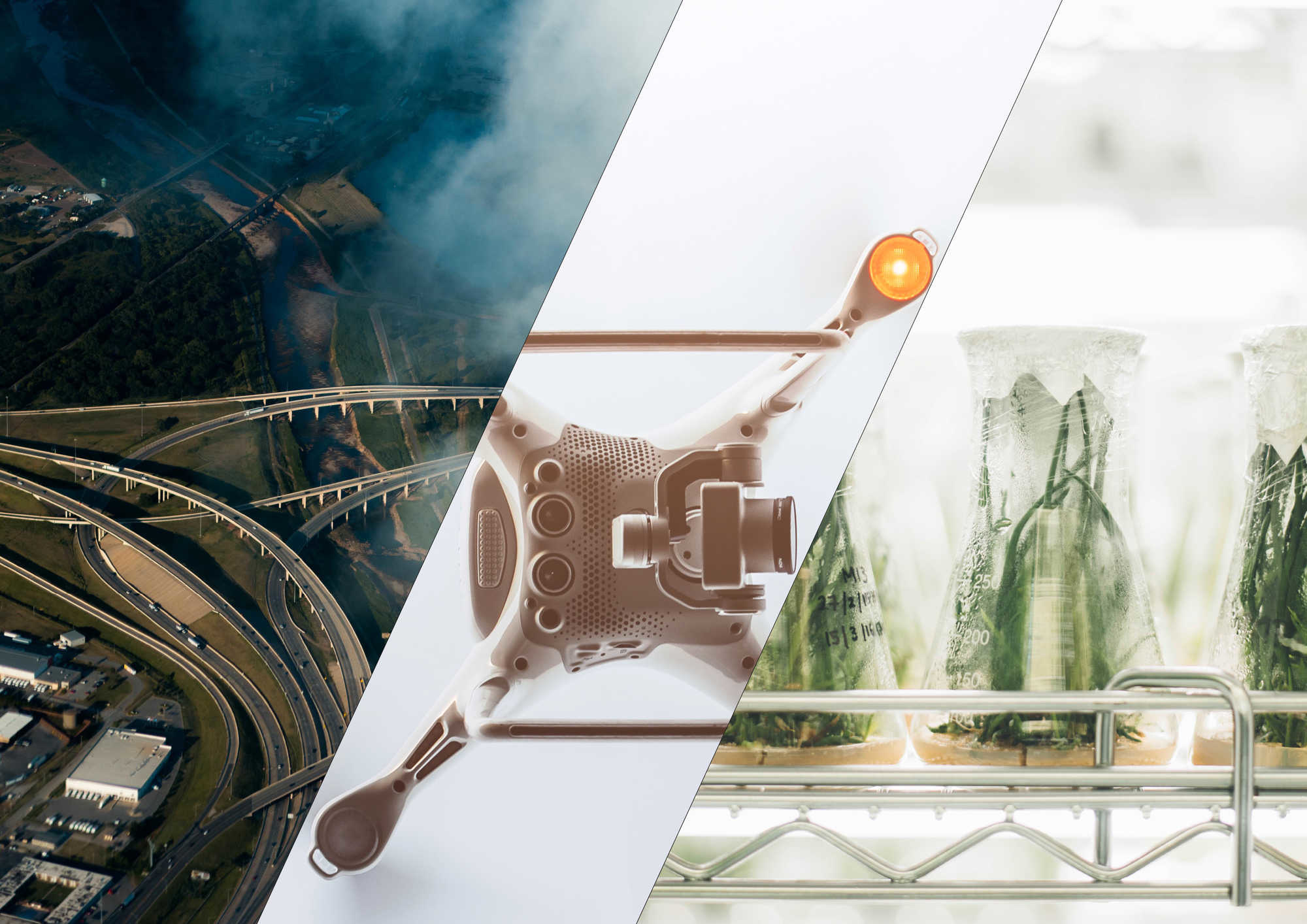
Food needs transport, grow it!
Mobility+ study focus: how can fast-developing new transportation and AgTech innovations be consolidated and optimised to tackle environmental concerns and increase food production and delivery in preparation for future population growth?
UNStudio's Mobility+ workfield is currently investigating how new and planned developments in the world of logistics and the transportation of goods can be coupled with equally fast-paced agricultural technology (AgTech) innovations in order to create new potentials for the cultivation and delivery of fresh produce to growing urban populations. In this study we identify the problems and demands facing the farming industry and food production, the developments and innovations that are already shaping its future and how we could optimise the built environment to facilitate the production and delivery of locally sourced, healthy produce in years to come.

So what’s the problem?
Contemporary lifestyles - which enjoy increasing standards of comfort and wealth for many - in combination with a growing demand for quality fresh produce, are currently placing considerable pressures on the farming industry; an industry that is already experiencing difficulties as a result of climate change.
Currently, despite the fluctuations of global warming, key agribusinesses (which primarily grow corn, rice, soy, wheat) are assisted financially in the form of generous subsidies. This study does not mean to suggest that the ideas proposed below can alter this larger picture. Instead we focus on proposals that could enable a wider variety of crops to be cultivated locally, by relocating some agricultural production to specifically tailored locations in, around and under our cities.
According to the United Nations, by the year 2050 the expected exponential growth of the world’s population will require a staggering seventy percent increase in food production. However, currently only forty two percent of the planet’s land surface is used for farming, while any additional land available for cultivation is unevenly distributed and much of it is suitable for growing only a small variety of crops. It is also common knowledge that large quantities of food go to waste in developed countries on a daily basis, aided also by the inevitable spoilage that occurs during the transportation of produce over long distances.
The growing carbon footprint of the food supply chain is also a pressing issue. Even though the transportation of produce carries with it a relatively low percentage of this overall footprint, the food transportation industry is one of the fastest-growing sources of pollution. Each year 817 million tonnes of food are shipped around the world, with distances having increased over the last 50 years to an average of 1,300 miles. This results in the release of global warming gases equivalent to the pollution caused by more than 40,000 road vehicles, or almost two power plants. The level of greenhouse gas emissions is of course not only defined by distance, but also by the modes of transport used. Transportation by air produces greater emissions than by sea, for example.
The detrimental effect of this pollution on health near large railway yards and port terminals is significantly worse than in other urban areas and is cited as a cause in high asthma rates and other respiratory ailments. As such, although the transportation of food is responsible for a relatively low percentage of overall emissions from the food chain, the effects it has on local populations is nonetheless disproportionate. The only way to tackle the problem is therefore to rethink the complete chain of food production and its related infrastructure from the ground up (so to speak).
Who’s already paying attention?
The tech industry has been quick to respond to issues affecting agriculture, with the result that in the last decade investments in AgTech have reached a record high. Agriculture is fast becoming one of the most digitised industries in the world, with the technology in this sector developing at a rapid pace. This focus is primarily based on the potential to conserve valuable resources, increase farming efficiency and minimise the risks associated with pests and climate change.
As a result, these days farmland is carefully monitored with drones and sensors, while in cities numerous innovative initiatives have sprung up that aim to create optimum conditions for indoor cultivation. These indoor environments regulate temperature, humidity, the light spectrum, air circulation and the provision of nutrients in order to maximise production regardless of the season, whilst offering the benefit of fresh and safe food products year round. Projects such as Plantagon or Aerofarms are showing very promising results in this field.
In order to make it all possible, soil-free cultivation technologies such as hydroponics and aeroponics use far less water than conventional agricultural methods, while all unused resources - such as water and nutrients - can also be recycled. LED lighting solutions are tailored to each plant typology, which ensures the intensity and spectrum necessary for photosynthesis to occur in the most energy-efficient way, as well as ensuring uniform, high quality productivity.
The plants in these indoor growing environments are also thoroughly monitored and documented and data related to plant nutrition and growth pace is harvested. Predictive algorithms are then used to bypass the typical risks found in traditional agriculture and to optimise growth and productivity. In some cases this has resulted in up to 130 times more yield per square metre than on commercial farmland.
Pest resistant design is also easier to achieve in a controlled indoor environment, because the growing methods used are disruptive to the pest’s life cycle, which ultimately renders pesticides unnecessary.
The technologies being used and developed for indoor farming allow for the growth of any plant. However, they currently remain only financially viable for leafy greens in the main. That said, this technology is developing at such a pace that it would suggest that for the near future, we could afford to envision a scalable system that allows the growth of numerous different food types in specifically tailored indoor locations.
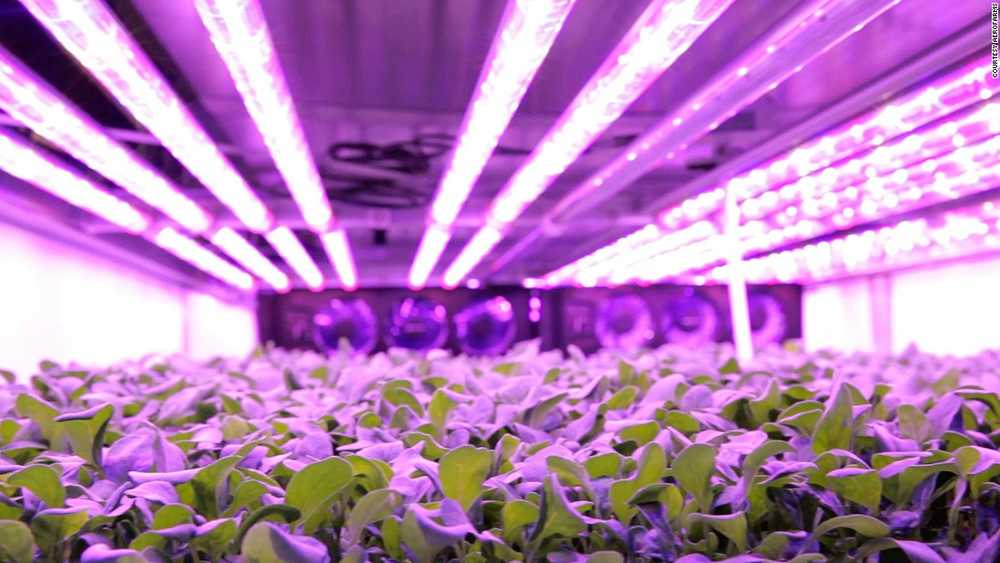
Back to infrastructure
Meanwhile in the infrastructure industry the future is fast taking shape around electric driverless cars and trucks, faster trains, autonomous drones, branded fleets, underground delivery pipelines and even floating airship warehouses.
These technologies are currently being developed as solutions to the restricted infrastructural capacity of cities, to reduce harmful emissions and to ease logistical flows. Car sharing is encouraged in order to decongest traffic and render transportation faster and more efficient. Such initiatives will increase the capacity of existing infrastructures, or will require new kinds of infrastructure and this, in turn, will reshape parking allocation and the transportation of goods. In the meantime, projects such as Maglev, Hyperloop and the Gotthard tunnel are promising new opportunities for train travel, for both people and goods.
Initiatives involving underground delivery tunnels such as Cargo Sous Terrain in Switzerland, Mole solutions in the UK and Amazon’s patented system for a subterranean package delivery network are purposed to meet the changing demands of modern supply chains at low cost and with low environmental and social impact. These systems, which make use of automatically loaded and electrically powered automated cargo vehicles, connect the nodes of supply networks (ports, distribution centres and retail outlets) uninterruptedly and at a constant speed.
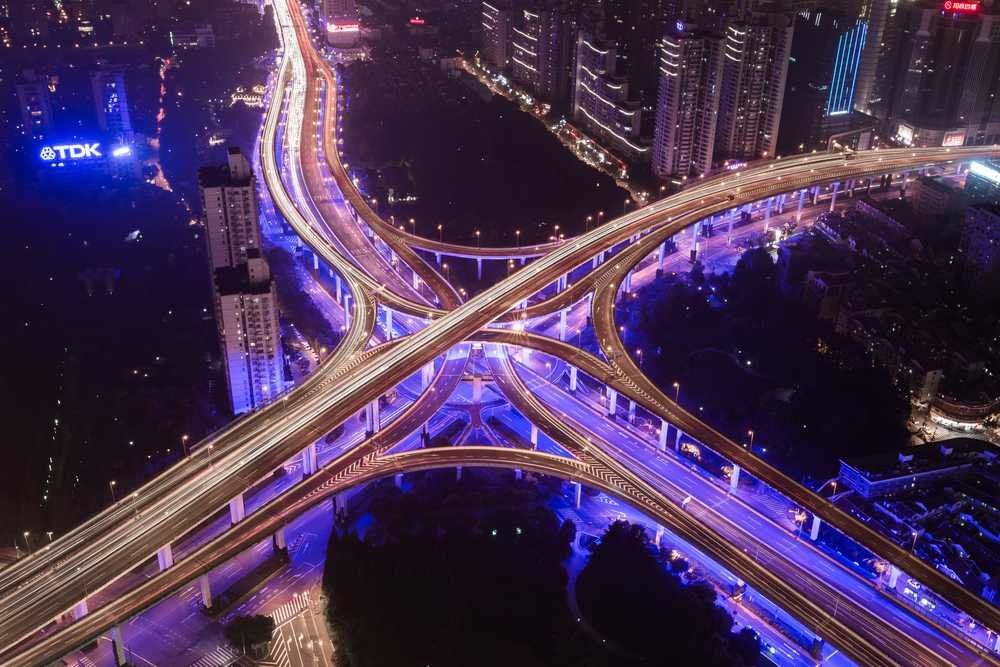
Let’s take a moment to imagine some symbiosis
In the above-mentioned scenario of food crisis anticipation and the evolution of the mobility of goods and people, we envision a future where the agriculture and transport industries will develop an increasingly symbiotic relationship: one in which they reshape, challenge and constantly adapt to each other.
This system will provide a long-term solution for improved air quality and increased indoor cultivation in urban areas. It will also decrease both the need for imports and the distances that food needs to travel. Most importantly however, it will reshape our cities and farmlands into biotechnological ecosystems with the intelligence of precision machinery, but the sensitivity of a living organism that has been adapted to ‘nature’s operating instructions’.
UNStudio's Mobility+ workfield is currently investigating opportunities where agriculture and its related logistics can be connected, intensified and optimised. Current investigations into the potentials of such a symbiotic system cover existing farmlands, megacities, infrastructure and buildings.
Below are a few examples of where we see opportunities for the connection and optimisation of food production and infrastructure in the future.
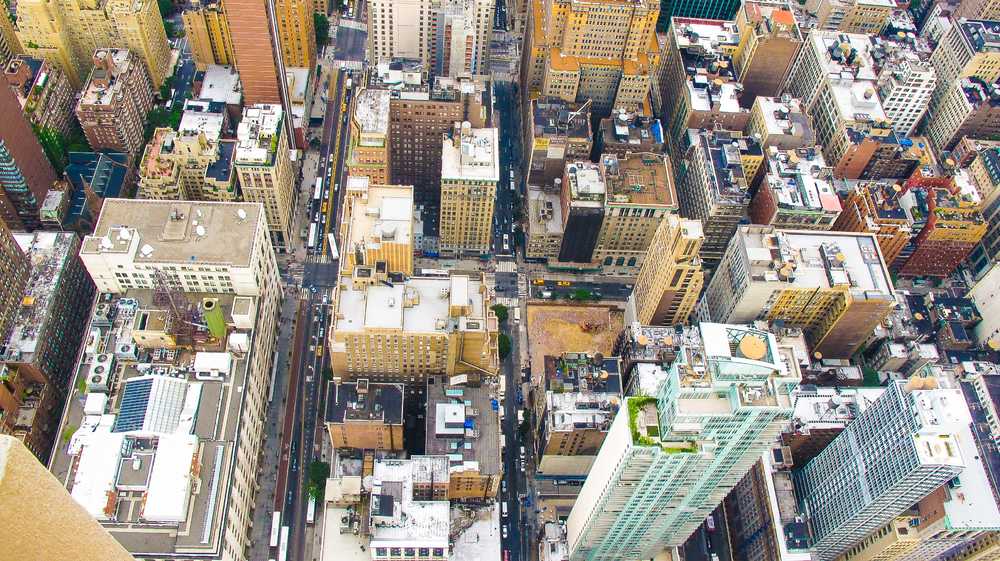
Underground
Many currently existing underground tunnels and bunker spaces - most of which are in prime locations - are not serving any productive purpose. However, underground infrastructures offer unique opportunities. They are enclosed and protected, the soil has a much higher heat retaining capacity than air and seasonal changes in soil temperature are minimal. This renders these unused spaces very suitable for year-round controlled temperature, humidity and air flow and thus, with the use of hydroponic systems and LED lighting, for the cultivation of crops.
Combining new infrastructural pipeline projects - that will be able to deliver food much faster than is currently possible - with the latest technology for planting, we envision a dynamic system where lightweight capsules could become micro-farms in which fresh produce is grown underground. Each of these hydroponic cells, with their tailored environments, is stored underground during the growth process. When the plants are ready for harvesting, the capsules can be transported above ground to directly deliver fresh food.

Waterways
One of the most targeted site types we are currently investigating is aquatic infrastructure, especially the kind found in cities like Amsterdam, but also in any port city where a water-based infrastructure is already in place. Long distance fresh fish delivery currently has to be carried out by air, due to the speed required to keep the fish fresh for market. Local fish farming through the use of aquaponic systems could be introduced to canal systems, as could hydroponic systems for cultivating crops. Canal environments are favorable for the implementation of both high and low-tech soil-free solutions, due to their easy accessibility, the fact that they already forming part of an urban transportation system and because canal walls would provide protection during cold months. The artificial lighting required for growing plants could also be linked to the street lighting system and fast new water-based transportation systems could be incorporated for delivery to different locations around the city.
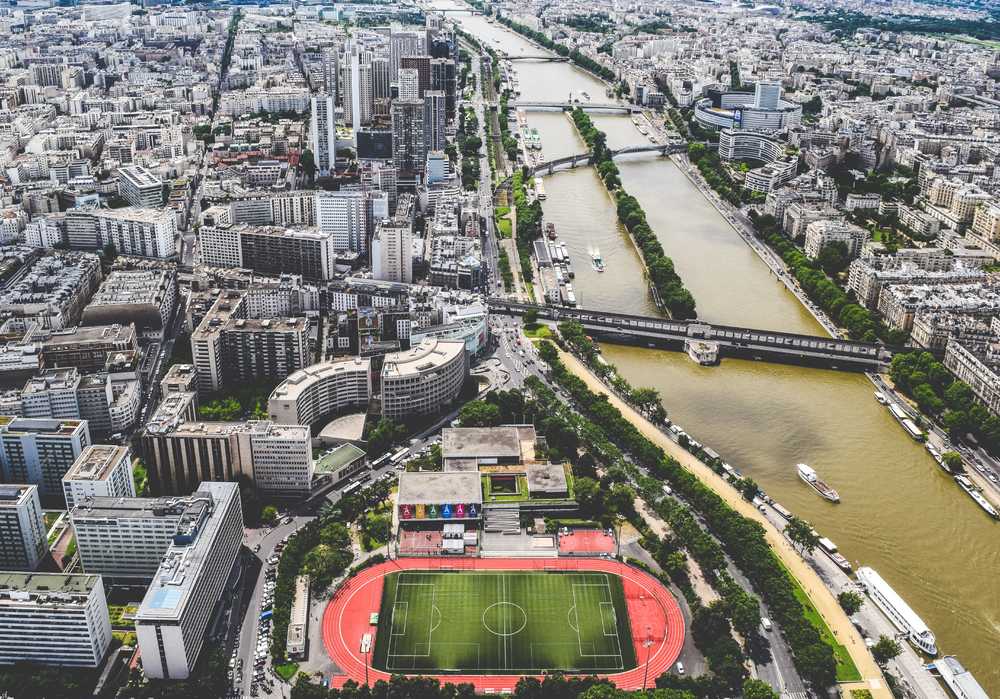
Buildings
In the future buildings will be required to fulfill more functions and more specialised functions than they do now, meaning that new buildings will become micro-infrastructures in themselves. They will be more connected to the exterior environment and will form the starting and ending points of highly specialised logistical systems. Food production will be integrated into the building’s programme and will form an intrinsic component of the building’s evolving infrastructure.
Many existing buildings are outdated with respect to ever more demanding standards and requirements. As car parks and basements become less necessary, these spaces can merge to become hybrid mobility hubs, or alternatively, locations for highly tailored indoor food production. Other spaces within buildings can also be transformed into vertical cultivation spaces, supported by aeroponic technologies.
Existing roof surfaces already offer optimal conditions for traditional planting methods, due to the daylight exposure they afford. These unused urban spaces could not only become a standard for small-scale crop cultivation, but also for seasonal agriculture, public awareness and education.
Aided by the use of highly developed bio-tech systems, all of these spaces with enhanced potential can reduce the need to import fresh produce and, as such, reduce distances for retailers and consumers and create greener, healthier cities and dwellings.
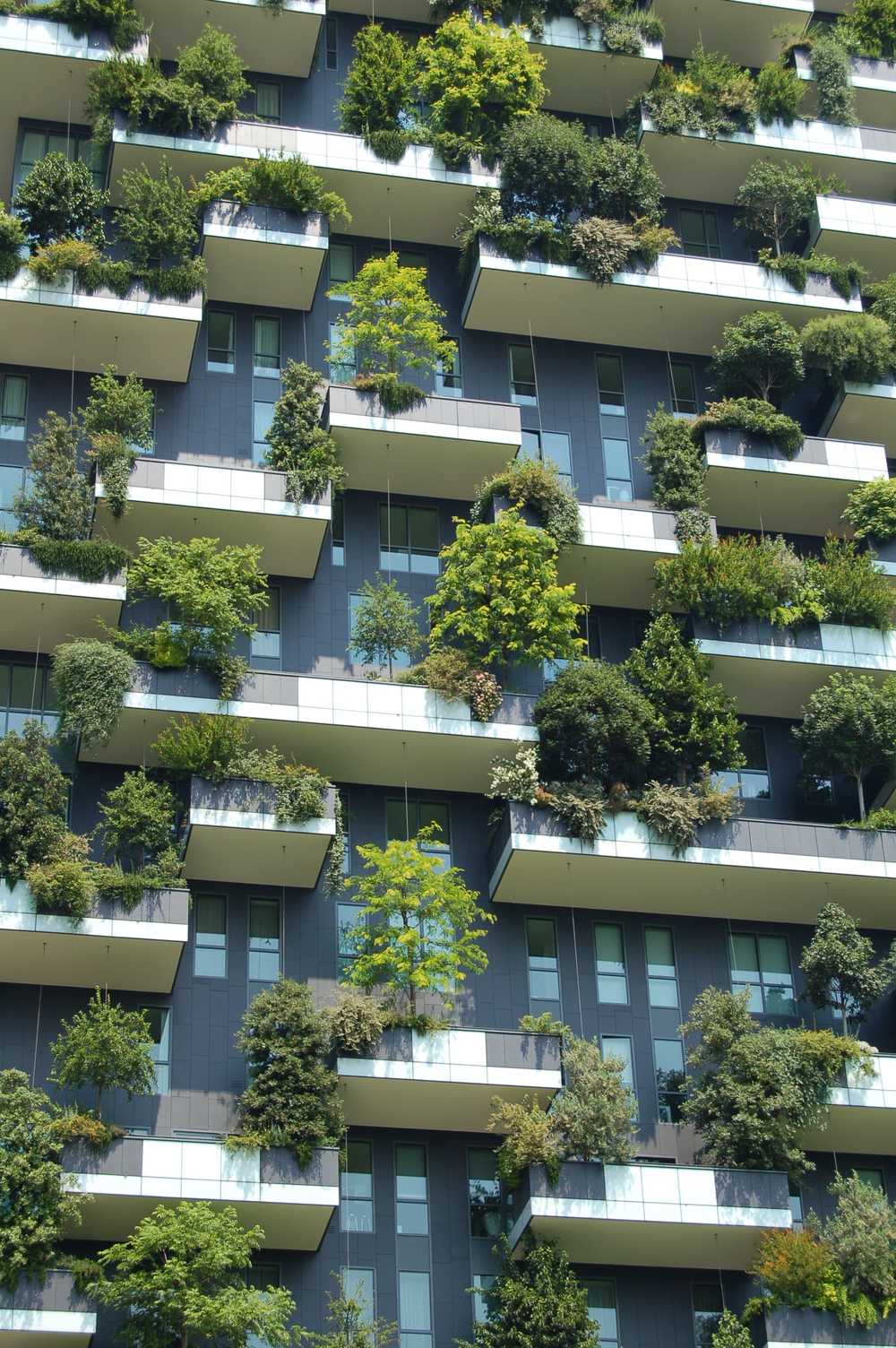
Highways and railways
Once shared, electric driverless cars and trucks become commonplace, fewer vehicles will travel and they will do so with shorter distances between each other. This will create extra space on current highways and railway networks and will eventually lead to the introduction of more viable infrastructural solutions for these new conditions. However it could also open up opportunities to repurpose portions of existing road and railway networks for food production and instant transportation.
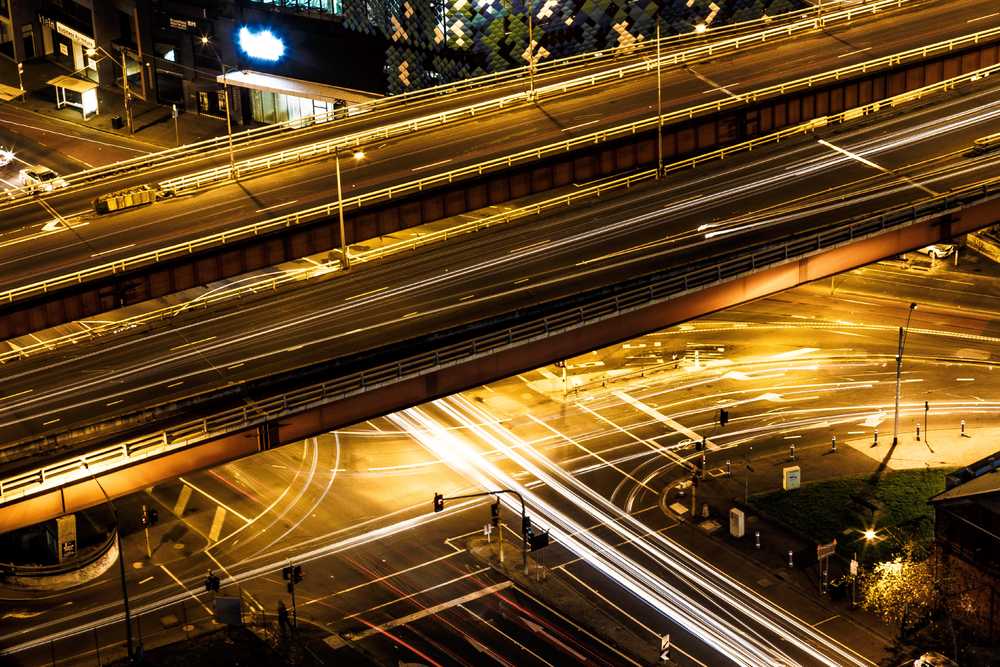
Authors: Ergin Birinci and Alexandra Virlan
Photo collage: Matthew Brodeur, chuttersnap and Manuel Gaitan via Unsplash
